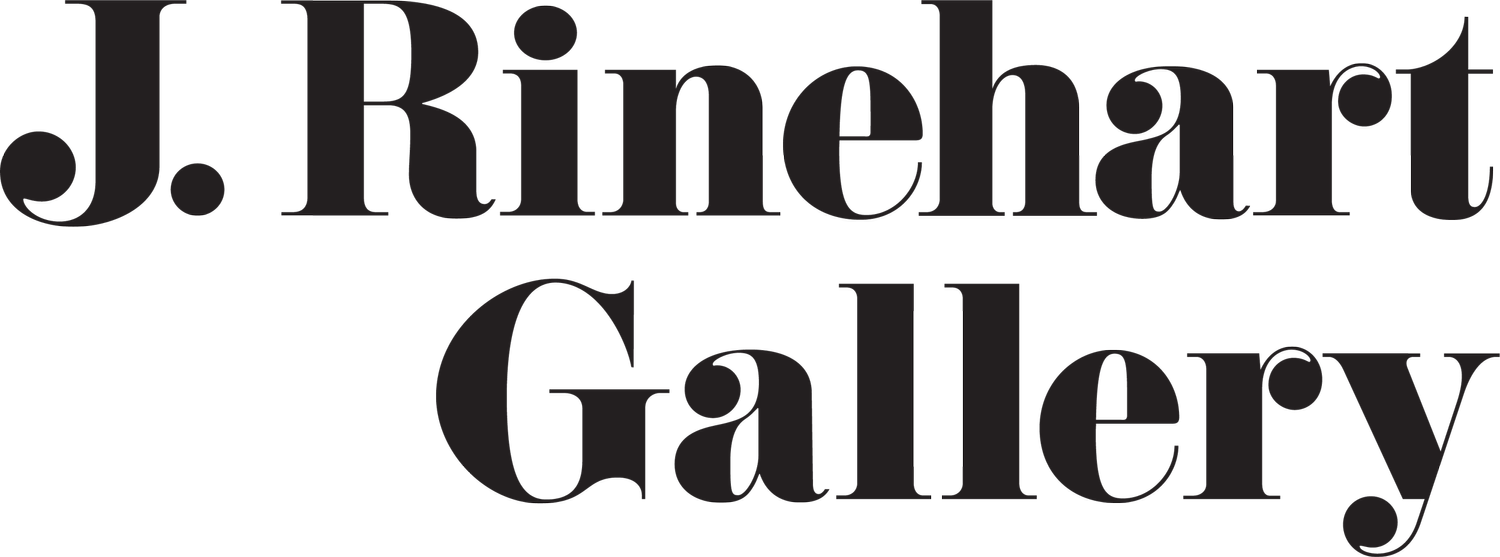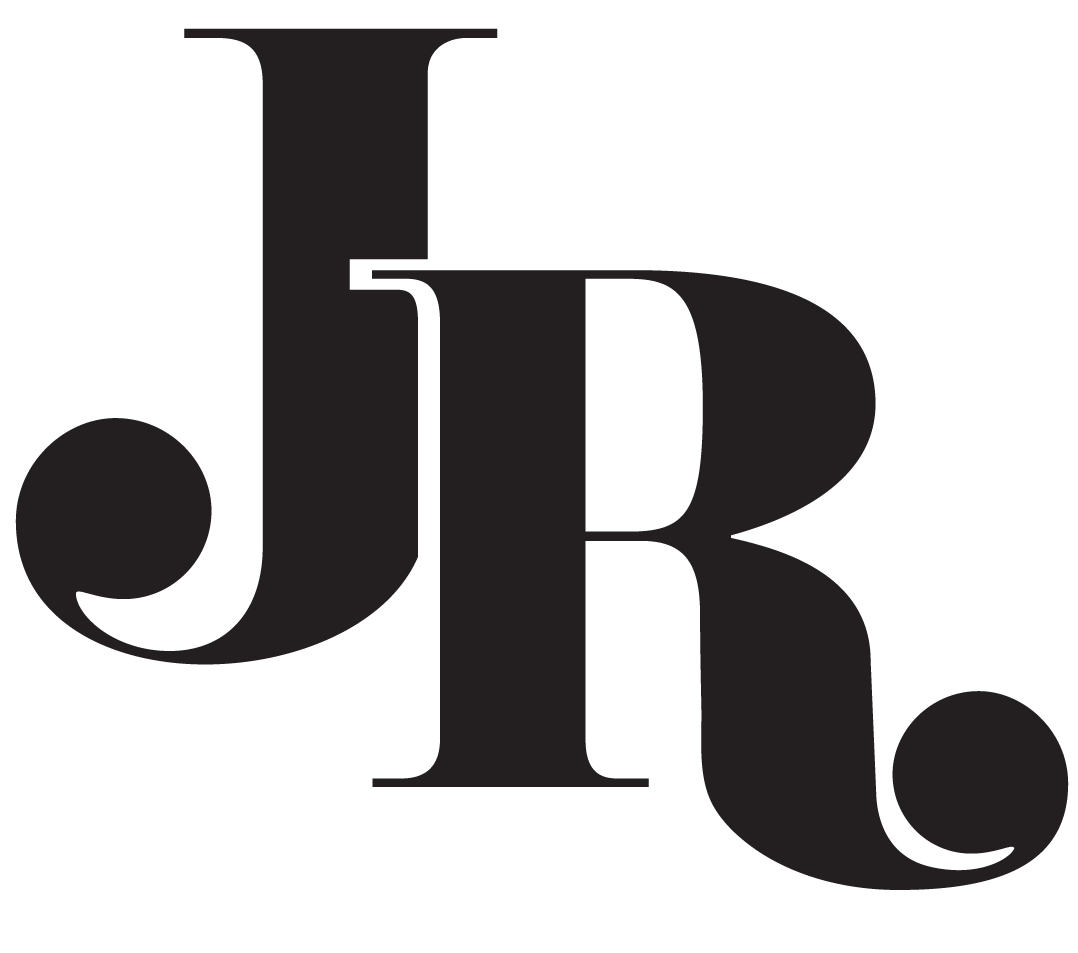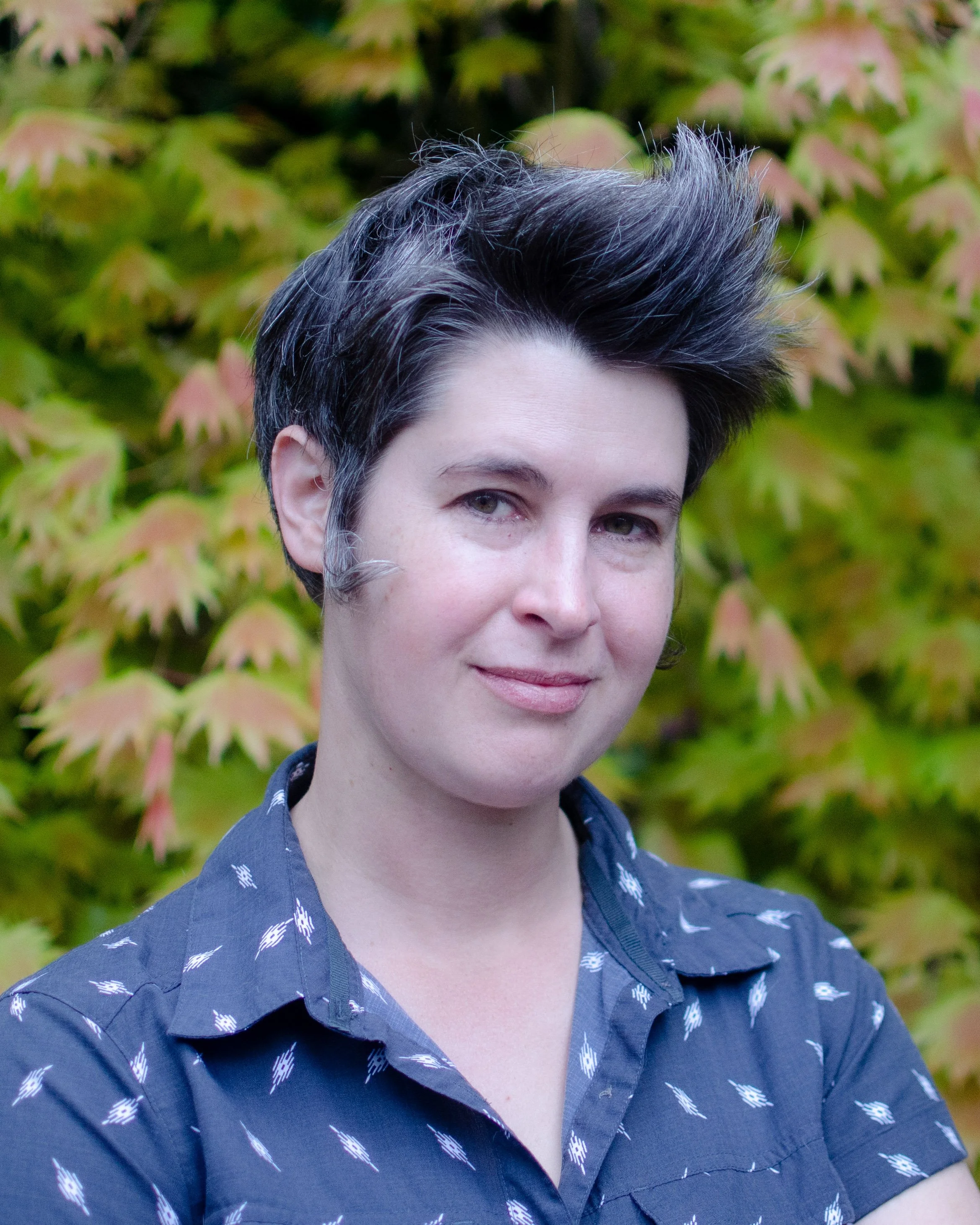EVA FUNDERBURGH
-
Eva Funderburgh is a Seattle-based sculptor working in ceramic, bronze, and installation. Born in Seattle, she grew up in Kansas before moving to Pittsburgh at age 16. In Pittsburgh, Eva attended Taylor Allderdice High school and was student at Manchester Craftsman's Guild. These formative experiences at MCG and at the Pennsylvania Governor’s School for the Arts encouraged her to pursue a career in art. She then attended Carnegie Mellon University, where she received a Bachelor of Science and Art. After college, she returned to her birthplace of Seattle, where she focused on ceramics. In 2010, she was an artist in residence in Denmark at the Guldagergaard International Ceramic Research Center, an experience that inspired her to revisit her college installation work.
After the residency, she expanded the scope of her art, working in installation and bronze casting, in addition to continuing her work in ceramics. In 2015, she was part of the Seattle’s Office of Arts and Culture Public Art Boot Camp. She now teaches bronze casting part time at Pratt Fine Art Center and is a full-time sculptor working in public art, installation, ceramics, and cast bronze.
In 2019, she returned to Guldagergaard for a second residency. During the trip, she started a guerrilla art project, where she recruited her online followers to hide small sculptures worldwide. She now has artwork hidden (and in private collections) in at least twenty countries.
-
Most of Eva Funderburgh’s ceramic work is wood fired. While wood has been one of the earliest fuels for firing ceramic wares, modern ceramic artists mostly fire with wood to give their work a unique look caused by the flame, the ash, and the atmosphere of the kiln. It’s an ancient technique that’s continued to evolve over centuries of use. For the last 15 years, Eva has been part of the firing crew at two Japanese-style “anagama” wood kilns in Washington state. She is presently managing one of those two kilns - Ken Lundemo’s “Santatsugama”.
The magic of wood firing relies on wood ash’s ability to melt into a ceramic glaze at a high temperature. The wood not only heats the kiln, it provides a beautiful and unpredictable surface decoration as well. Eva seldom adds glazes to her work, letting the ash and the flame do the decoration. She’ll use darker stoneware for antlers or purer porcelains for teeth, but the colors she leaves up to the kiln. Careful placement of the sculptures within the kiln can encourage the flame to play across the sculptures in the perfect way.
While the result can be beautiful, the process is intense and exhausting, for both the clay and the artists. A firing typically takes at least nine artists coming together to collaborate in firing all their work in a 15-18ft long kiln. They'll work in eight-hour shifts for up to total of 120 hours. The firing can reach up to 2300 degrees Fahrenheit, much hotter than most ceramic firings. Pieces can be damaged or destroyed from misplaced wood or the stress of the process. Despite the stress and the risk, the artists repeatedly trust the work to the fire and the kiln.
In the end, wood fire creates work that no other process can replicate. Each piece is a collaboration between the artist, the kiln, the fire, and their community of colleagues.
-
In myths, logic operates with different rules. Cows are traded for beans, tricksters steal stars, and women are seduced by swans. No one asks why. Things happen this way because this is the way that things happen. This simple and absurd "rightness of being” appears repeatedly in my work. Beasts proudly carry moons and suns, and cities sprout from the backs of serene monsters.
At the same time, my simple, emotive forms allow me to explore the animal nature of humanity. We eat, we strive, we encounter conflict and companionship. My beasts, in their simplicity, stumble through the same behaviors. I use these stylized beasts to tackle such universal experiences in a way both familiar and foreign at the same time.
Although my work is deliberately non-human, it’s hard to think of a more apt way of describing humankind than the intersection of myth and biology.
-
Blanden Art Museum, Fort Dodge, Iowa
University Child Development School, Seattle, Washington
Numerous private collections in at least fifteen countries













